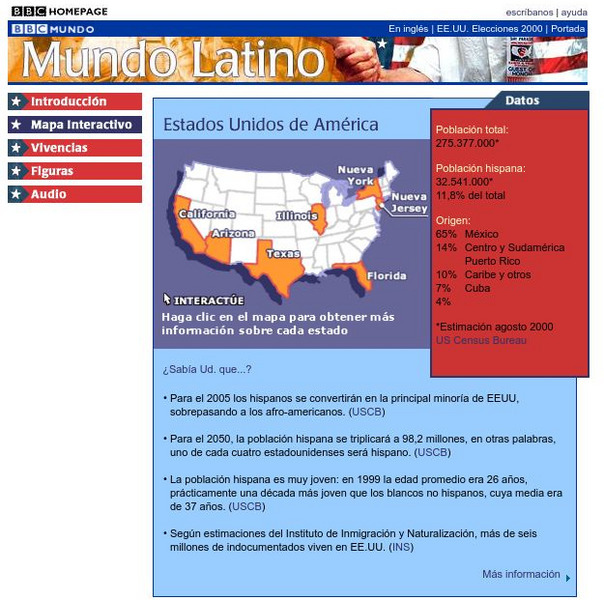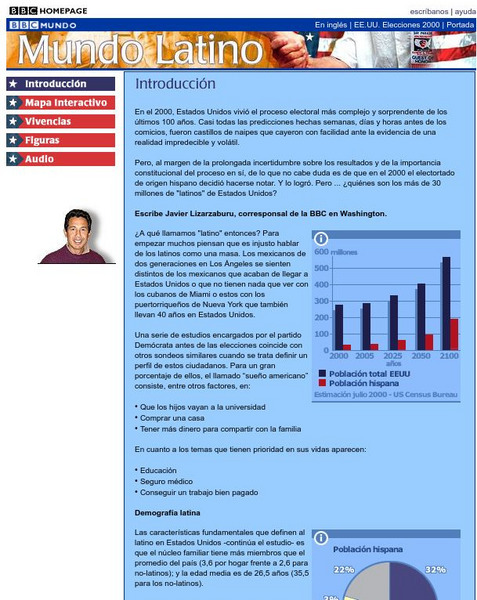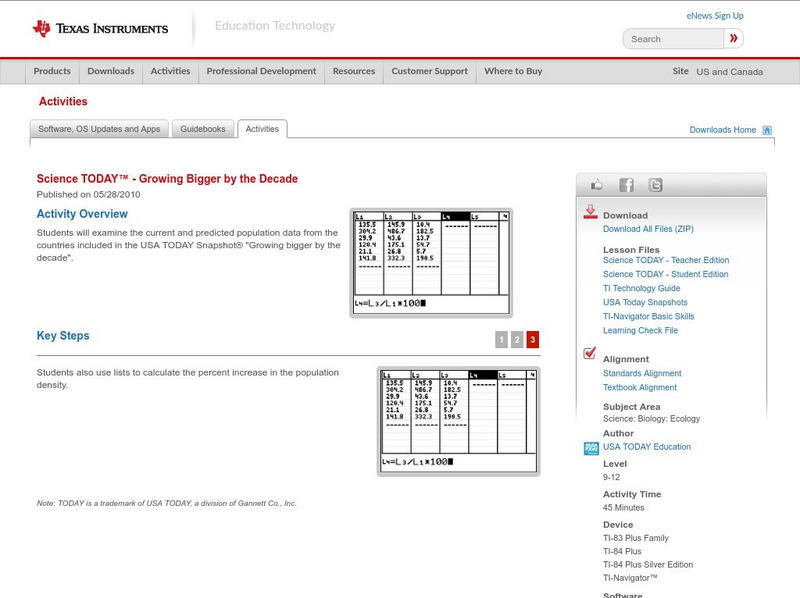Curated OER
Differential Equations and Population Growth
Pupils determine the size of the population at a given time. They calculate the time at which the population will be a given number. They observe how the population grows at the rate that is directly proportional to the number of members...
Curated OER
MAPPING A RESEARCH SITE AND COLLECTING AND PRESENTING POPULATION DATA
Sixth graders are to answer research questions based on data they collect.
Curated OER
Border Math
Students examine and interpret data relating to U.S.-Mexico borderland realities, and consider such aspects of social science as the study of population, crime, government spending, pollution, health, and economics.
Curated OER
The World Population Explosion
Students are introduced to some of the fundamental questions about the connections among population, resources and energy use, and environmental impacts. They explore population growth, interpret a line graph and calculate their own rate...
Curated OER
Mapping the changes in Canada's population
Pupils find and analyze data found in the census. They compare the population from 1996 to 2001. They explore the type of data they can find in the Census of Population.
Curated OER
Distribution of children living at home
Students examine census data to evaluate the number of students of certain ages living at home. This data is then used to determine the need for day care, or other social programs. They use this information to explore social policies.
United Nations
Stats Division: Indicators on Youth & Elderly Populations
United Nations world population statistics on percent of youth and elderly in every country. Organized into a chart.
BBC
Bbc: Estados Unidos De America/united States of America
Review accurate and up to date statistics on the population of Hispanics in the United States. Click on the different states and find how Hispanics are becoming the number one minority in the United States.
BBC
Bbc: Introduccion
Get the latest statistical updates on the Hispanic presence in the United States. View the 2000-2100 year graph and compare the growth spurts over time. Also view the demographic breakdown of the states that have the greatest Hispanic...
Texas Instruments
Texas Instruments: Science Today Growing Bigger by the Decade
Students will examine the current and predicted population data from the countries included in the USA TODAY Snapshot "Growing bigger by the decade".
Untamed Science
Untamed Science: Ecology: The Study of Interactions
Learn about how ecology is simply the study of how and why organisms interact with their environments.
Other
El Diario Informacion General De Bolivia
This site is a reference to vital statistics and other data about the country of Bolivia. General information on the history, government, environment, and tourism of Bolivia are also provided. Illiteracy rate, average number of years of...
National Geographic
National Geographic: The Electoral College
Discover how the United States elects its president by using an Electoral College. A map shows how the Electoral College's 538 members are distributed throughout all fifty states and the District of Columbia.
Khan Academy
Khan Academy: What Is Ecology?
A webpage giving an overview of ecology. Learn about the biotic and abiotic factors that make up an ecosystem as well as the different levels of ecology.
Countries and Their Cultures
Countries and Their Cultures: Zulu
This site focuses on the country of Zulu in South Africa. It includes location, population, history and cultural relations, Kinship and Sociopolitical Organization, and religion.
















